Slangkop Lighthouse on the Cape Penninsula
Pied Crow circling the visitor center at Cape Point
Driving down the road the occasional bird zipped across the road--occasionally landing long enough to get a quick look before disappearing into the Fynbos. Fynbos is the natural shrubland or heathland vegetation occurring in a small belt of the Western Cape of South Africa, mainly in winter rainfall coastal and mountainous areas with a Mediterranean climate. This is the predominant habitat on the Cape Peninsula and there are dozens of specialty birds associated with it--and it seemed like most were tiny and very fast.
The Fynobos along the Atlantic Coast of Cape Point
One of the first species I managed to get a good look at was a KAROO PRINIA--I’d already seen two other species of prinia in the east, so picking up this species was nice. As it turned out this ended up being one of the most common birds I saw during the day, seeing it numerous times in the park, and at several other locations later.
Karoo Prinia skulking along the road
We stopped a couple times to take pictures and enjoy the nice weather. Eventually we saw our first feral COMMON OSTRICHES--we ended with 3 in all along the way to the point. They were all close to the road, and one was posing quite nicely with the ocean behind it--it was a stark contrast to the wild ostrich in the dry Savannah in Kruger.
Common Ostrich at Cape Point
While we watched the ostrich we heard some commotion to our left, and saw a strange antelope running towards us. I wasn’t sure which species it was but it was really cool looking. Later I was able to figure it out pretty quickly since there are very few mammals on the cape--it was a BONTEBOK.
Bontebok running through the Fynbos
As it got closer I heard some yelling and saw why he was running--a large group of CHACMA BABOONS were running behind it. At first I thought they might be chasing it but after a moment I saw 2 park employees walking through the brush behind them. The park employees were actually chasing the baboons away from the point I guess--they try to corral them from the popular tourist stops so they don’t have bad encounters with visitors--which I guess is a problem quite regularly.
Chacma Baboon with a baby at Cape Point
Eventually the bok and the baboons passed and went right by the freaked out ostrich which puffed up and started hissing at them. The park employees stopped to talk to us and warned that if we saw other baboons it was best to stay in the car with the windows up and doors locked, because the issues with them went as far as being able to open doors and actually get into the cars.
As we drove I spotted a few other birds zipping by. A couple small flocks of CAPE CANARIES made their way by, while occasionally I spotted other species such as WHITE-THROATED CANARY and even a small group of YELLOW CANARY. There were also a few CAPE BUNTING around, beautiful little sparrow that seemed to have no fear of people as each I saw posed nicely for photos.
Cape Bunting is a gorgeous little sparrow
We finally pulled into the parking lot that marked the end of the road and the sign letting visitors know they were in the furthest southwest point of the African continent. Many people think this is the southern tip of Africa, but it actually isn’t as far south as Cape Agulhas, 90 miles east-southeast of Good Hope. It does however mark the meeting point of the Indian and the Atlantic Oceans.
Sam and I at the Cape of Good Hope
There were numerous PIED CROWS here, while a couple HADADA IBIS could be heard in the grassland nearby. On the rocks near the shore were small groups of CAPE CORMORANT with several GREAT CORMORANT mixed in. KELP and HARTLAUB’S GULLS occasionally flew by, while CAPE WAGTAIL hopped along the edge of the parking lot and the shoreline.
Cape Wagtail doing its best to avoid my camera
We decided to stroll to the overlook above to see the view of the open oceans from a better vantage point. In the rocks as we walked up we started to notice large rodents similar to marmots, but with more of a”mouse-like” face. They started popping out of crevices, and were laying on the rocks sunning themselves everywhere.
Rock Hyrax darting between rocks
Later I learned these were ROCK HYRAX--interestingly the closest related species to this family are Elephants!!! The locals called them Dassies, and they are quite adorable--and they seemed again to have very little fear of people as we often walked within a foot of them as we made our way to the view point.
Almost too close to fit in the frame!
The view up top was stunning. There were also a few new trip birds around including the FAMILIAR CHAT which posed nicely for pictures.
Familiar Chat on the rocks of the Cape Point Overlook
I noticed one other bird hopping around in brush--a CAPE PENDULINE-TIT, that was also a lifer. Another bird that flew up out of the brushes was a surprise CAPE SISKIN--not a bird normally seen out in the Fynbos--unfortunately by the time I realized what it was it had flown.
Cape Penduline-Tit foraging in cliffs
We headed back to the car and started making our way out of the park. Along the way I spotted a couple of WHITE-NECKED RAVENS hopping along the ground near the road. These birds are very cool, and make our ravens look a little boring.
White-necked Ravens along the road
From the park we headed to Simon’s Town and then back towards Capri and eventually Noordhoek. We stopped in at a winery for lunch and some wine tasting--being a weekday we were the only people there, which made for a nice break--the timing was also perfect as rain clouds had started to develop and it rained while we snacked on gourmet cheeses, crackers, dates, nuts, and other fruits.
After the break we hopped back in the car and headed over the pass through Silver Mine Nature Area and to Kirstenbosch Gardens. Along the way we saw one JACKAL BUZZARD soaring along the highway, which I wish I could have stopped to photograph--but alas there was nowhere to stop on the narrow winding road. Both birders and non-birders alike had recommended this as a stop for birds and just a relaxing walk through the gardens. Think Red Butte Gardens here in Utah--but bigger. There were a few birds here, but most gave only fleeting glimpses. One species that posed long enough for photos were a pair of stunning COMMON WAXBILLS.
Common Waxbills at Kirstenbosch Gardens
We didn’t spend a ton of time here as there were other places I wanted to go and see--plus it was mid-day so the bird activity dwindled. I did see ALPINE SWIFTS soaring in the clouds above, and 1 ORANGE-BRASTED SUNBIRD appeared shortly for looks. GRAY TITS made a racket from the brush while BRIMSTONE and CAPE CANARIES passed overhead from time to time.
Cape Canary posing just long enough for a picture
We made a quick stop at the gift shop then headed back towards the lowlands to check out Rondevlei Nature Reserve, a series of marshes along the coast. I had figured based off other reports from eBird that I would get my chance to photograph flamingos here--but I was wrong. Rondevlei is in a poorer area of Cape Town and getting there reminded me of driving through the areas near Tijuana Slough in San Diego. It was just a couple bucks to get in, and we were soon walking the trails. I headed to the top of a viewing tower and saw there were very few birds on the water--and no flamingos.
We made our way from pond to pond--one of the first species I picked up was a YELLOW-BILLED DUCK, a stunning species that is almost black, with the starkly contrasting yellow-bill.
Yellow-billed Duck with a African Darter
There were also a number of grebes on the water--in fact I picked up all three expected species--starting with EARED GREBE--to think I was 10,000 miles from home and picked up the most common grebe we see each year in Utah. Soon I added GREAT-CRESTED GREBE and then the smaller LITTLE GREBE to round things out. Both of the latter were lifers.
Adult with a couple young Great-crested Grebe
Little Grebe (a.k.a. Dabchick) with a Yellow-billed Duck
I got a quick look at a pair of MACCOA DUCKS as they darted into the reeds--all the while cormorants, spoonbills, ibis, and herons flew overhead. At another viewing platform I scanned a number of birds hoping to pick out a pelican or something else new--unfortunately I couldn't. Heading back towards the entrance I added CAPE WEAVER and RED BISHOP as well as two species of warbler--LESSER SWAMP-WARBLER, and LITTLE RUSH-WARBLER. This place was super birdy even though there weren’t nearly as many waterbirds as expected.
Cape Weaver through the reeds at Rondevlei
Back in the car we headed south, making a stop at a gas station to get some snacks--it was in a very sketchy area--as was apparent when we walked in and found the cashiers behind bullet-proof glass. When you went to pay you placed your goods into a metal drawer which slid into their guarded area--they then took your money before sliding your goods back. We gladly paid and hurried back to the car and onto the beach that bordered the north end of False Bay. We didn’t stay long as it was windy and a bit cold.
Kalk Bay and Fishhoek form Sunset Beach
We headed back along the coast through Kalk Bay and Fishhoek, and eventually back to the lodge as it was getting late in the day. Sam made a few phone calls home while I wandered the property. I got a good look at a bird I had seen a couple times earlier in the day--a BOKMAKIERIE--think a yellow shrike-like bird. We eventually headed back out to see what was in Noordhoek. We ended up on the beach there--which was covered in sea-weed. There were a few CAPE WAGTAILS here as well, but the most interesting bird was a SPOTTED THICK-KNEE in the parking lot that must have had a nearby nest as it was making a racket.
Spotted Thick-knee at the south lot on Noordhoek Beach
We again headed back to the lodge to get ready for dinner, I decided to talk to the owner about what I had seen and had missed--talking about the flamingos he lamented that there were probably 100 or so at Noordhoek Beach--I was floored as I couldn’t imagine where. He explained there was a tidal pond on the north end of the beach--where we hadn’t gone. It was almost sunset but he told us we could make it there before dark if we hurried. So we hopped in the car and headed there, making it just as the sun was hitting the clouds over the Atlantic.
Sunset over the Atlantic at Noordhoek Beach
It was an amazing sunset as we hurried down the trail towards the long stretch of water--when we got there looking south you could see about 80-100 GREATER FLAMINGOS, some 200+ yards in the distance. Had I just asked earlier in the day we easily could have walked around the pool and made our way within 50 yards or closer--but because I failed to do so we only got these distant looks and photos.
Greater Flamingos at Noordhoek Beach
Lesson learned I guess. It was great to see them again, but I really wanted better shots--I had just figured we would happen upon them by going to places where they were normally seen--oops. We headed back to Capri then made our way to Kalk Bay for dinner at the Harbor House. If you are staying in this area you must eat here--it sits right over the water and is the best restaurant in the area.
Salad with dinner at the Harbor House
And that was it for Cape Town. We headed back to the lodge after dinner and got mostly packed to leave early the next morning for the airport. We had a 45 minute drive, and a 6:00am flight the next day.
28 life birds around Cape Point / 308 total trip life birds / 330 total trip species
photos from the around Cape Point:
http://www.timaverybirding.com/photos/thumbnails.php?album=1116
eBird Checklists:
Cape Peninsula NP
Kirstenbosch Botanical Garden
Rondevlei Nature Reserve
Noordhoek Beach
Labels: Africa, Cape Town, life birds, listing, South Africa, Travel



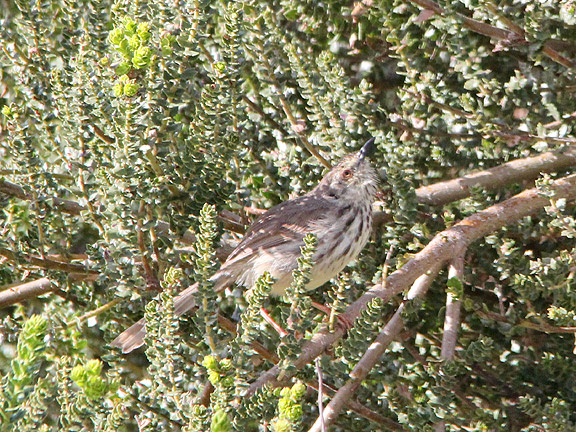
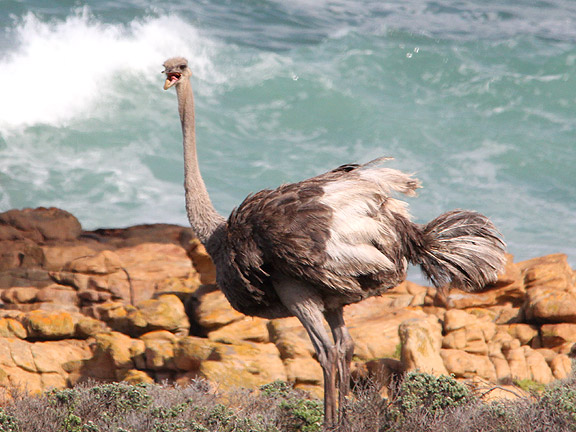
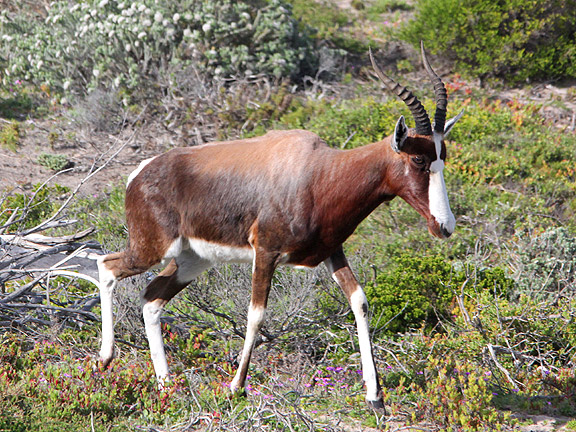
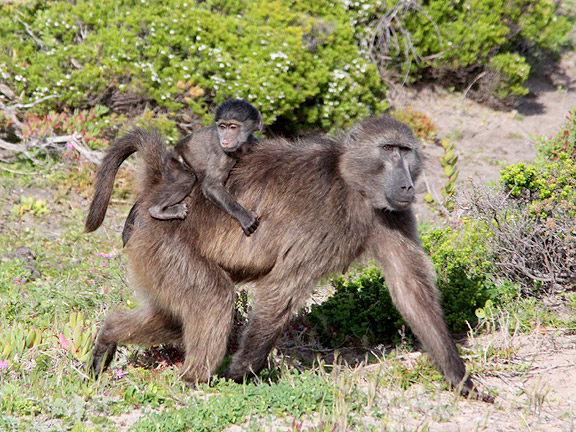
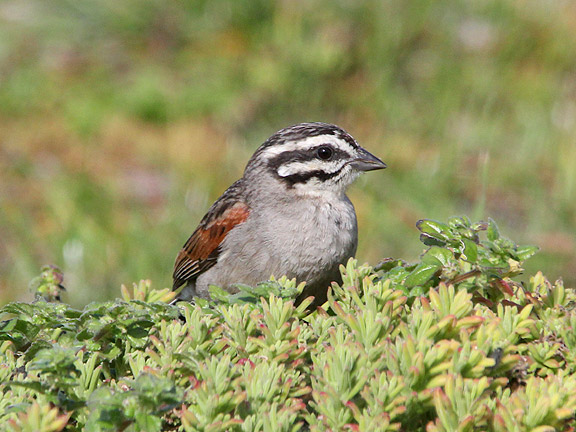
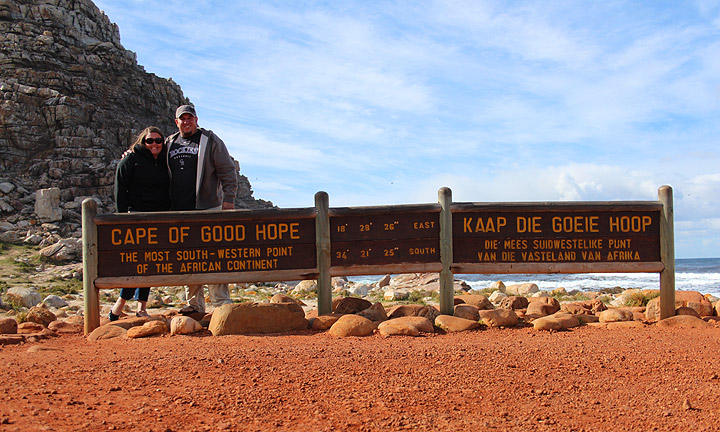
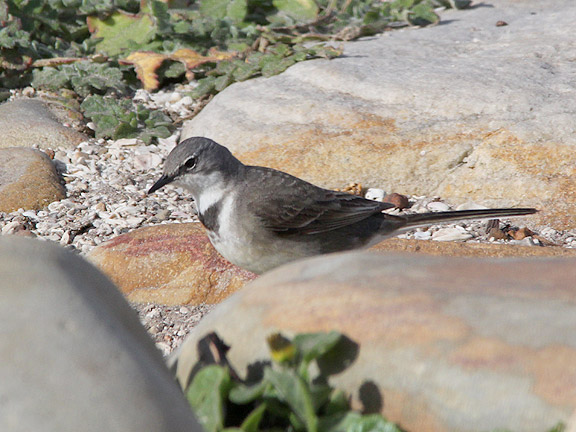
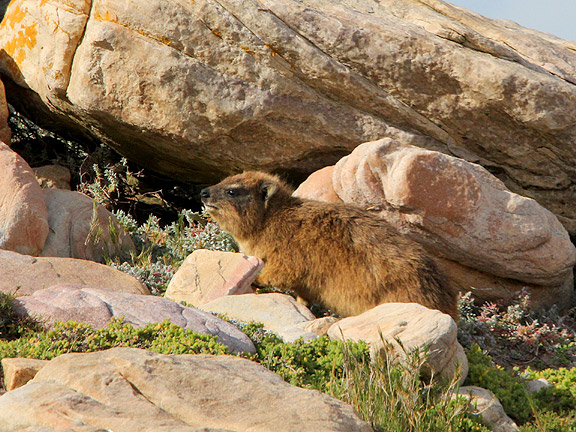
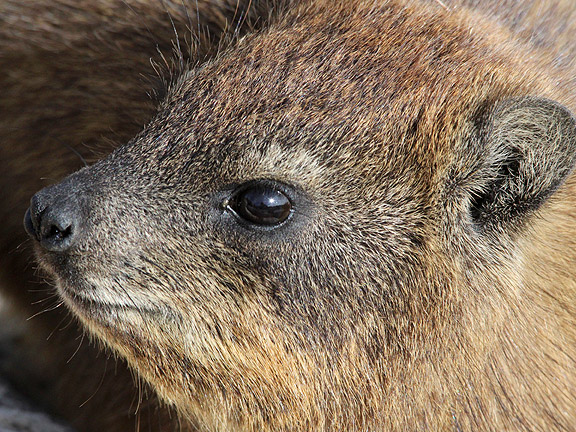
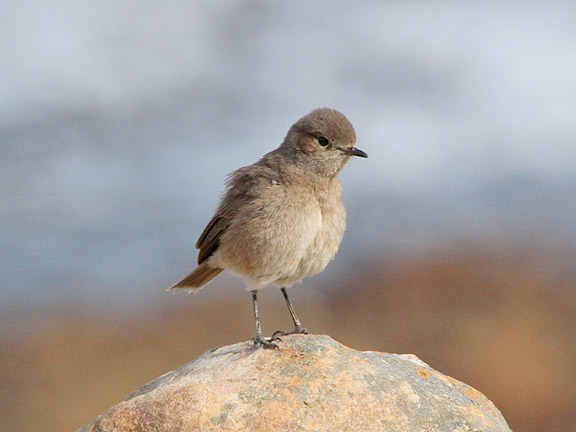
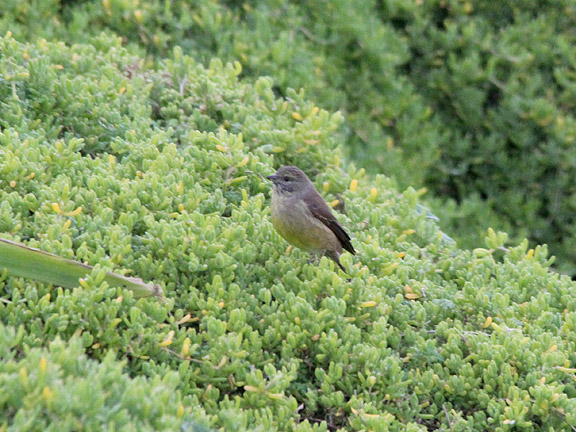
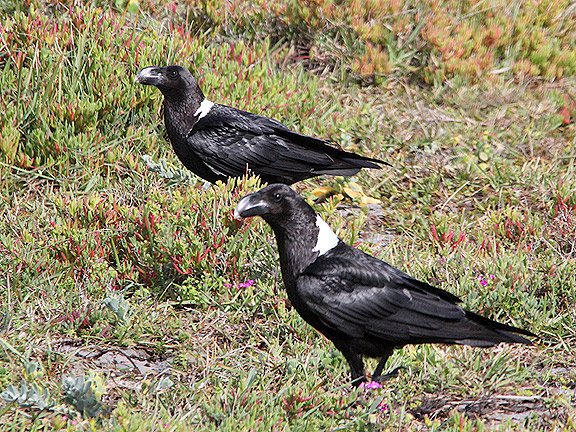


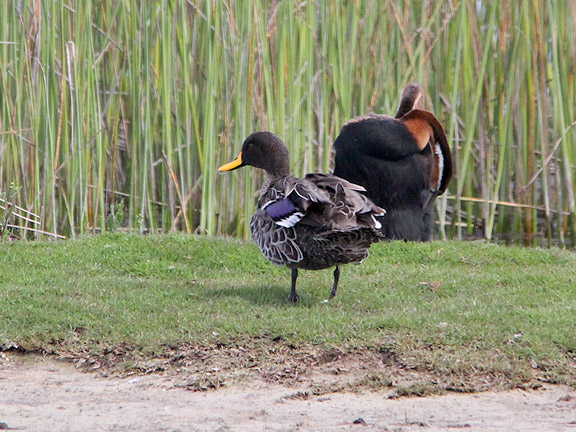
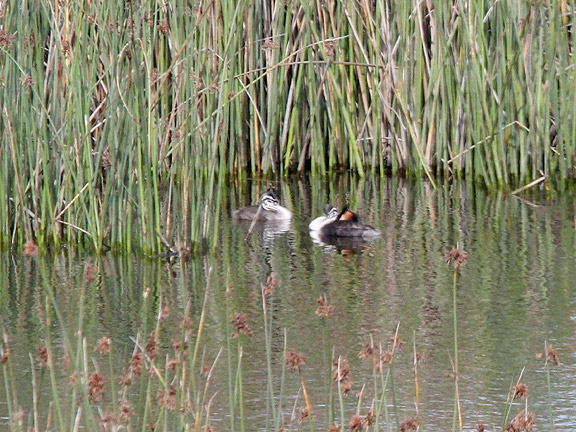
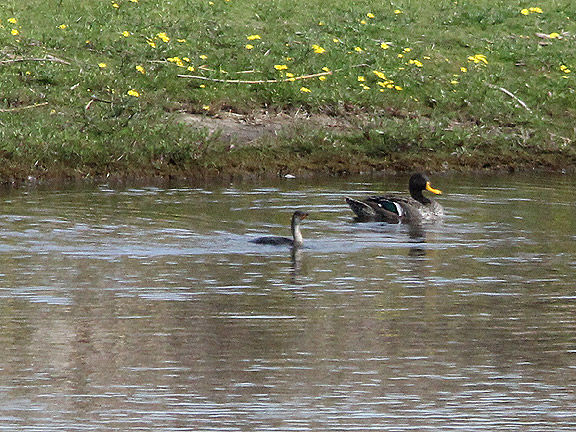
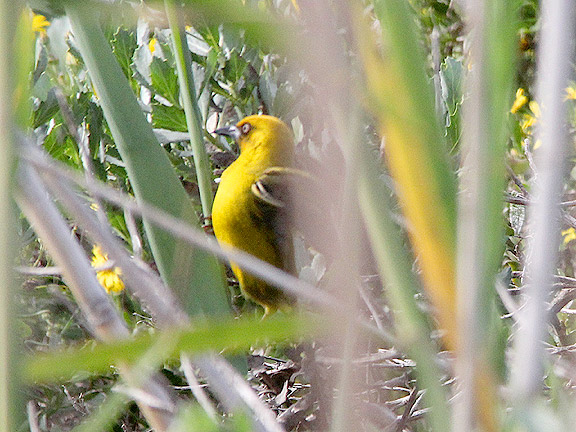

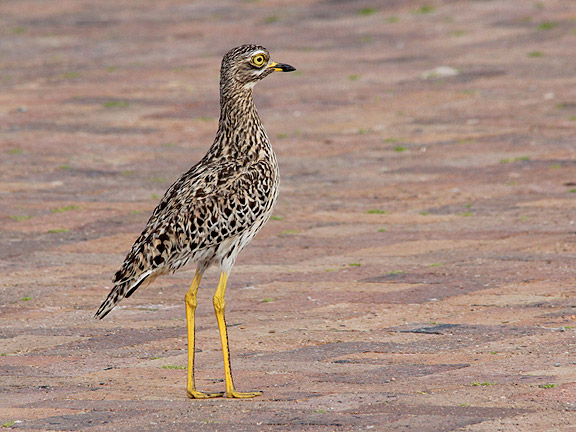
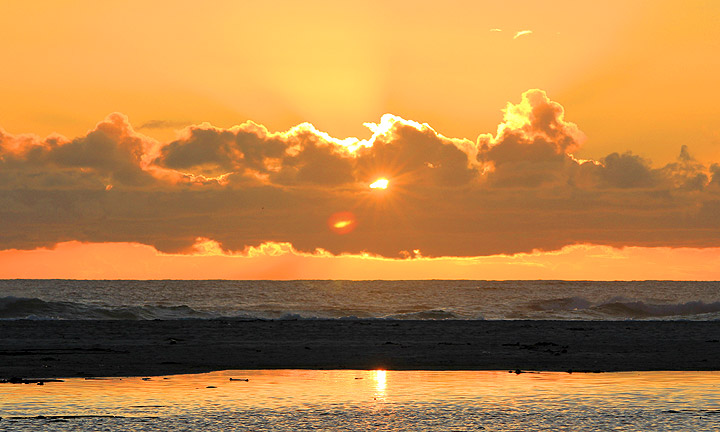
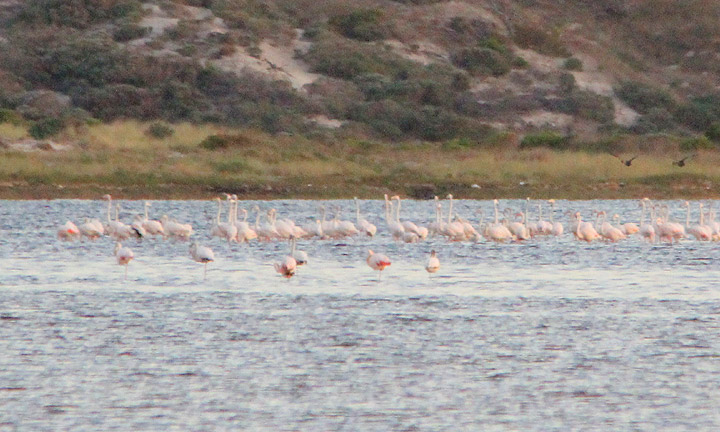
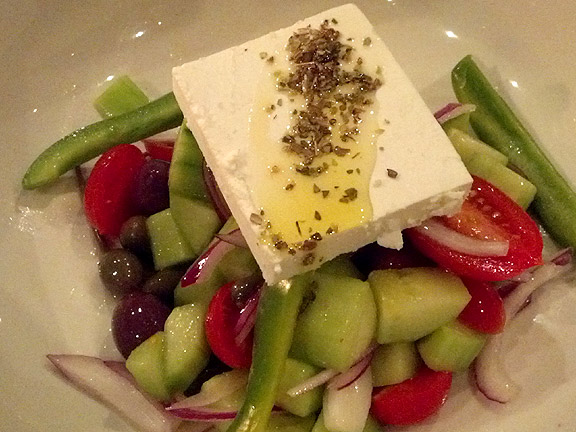

3 Comments:
Excellent post. Thanks for sharing your trip with us, I'm going to S. Africa next summer and have found the information very useful. Great photos as well.
cool pictures
-Jon
@Mary: Thank You and Thank You! I hope you have a wonderful trip--I can't imagine you not!
@Jon: Thanks!
Post a Comment
Subscribe to Post Comments [Atom]
<< Back to Previous